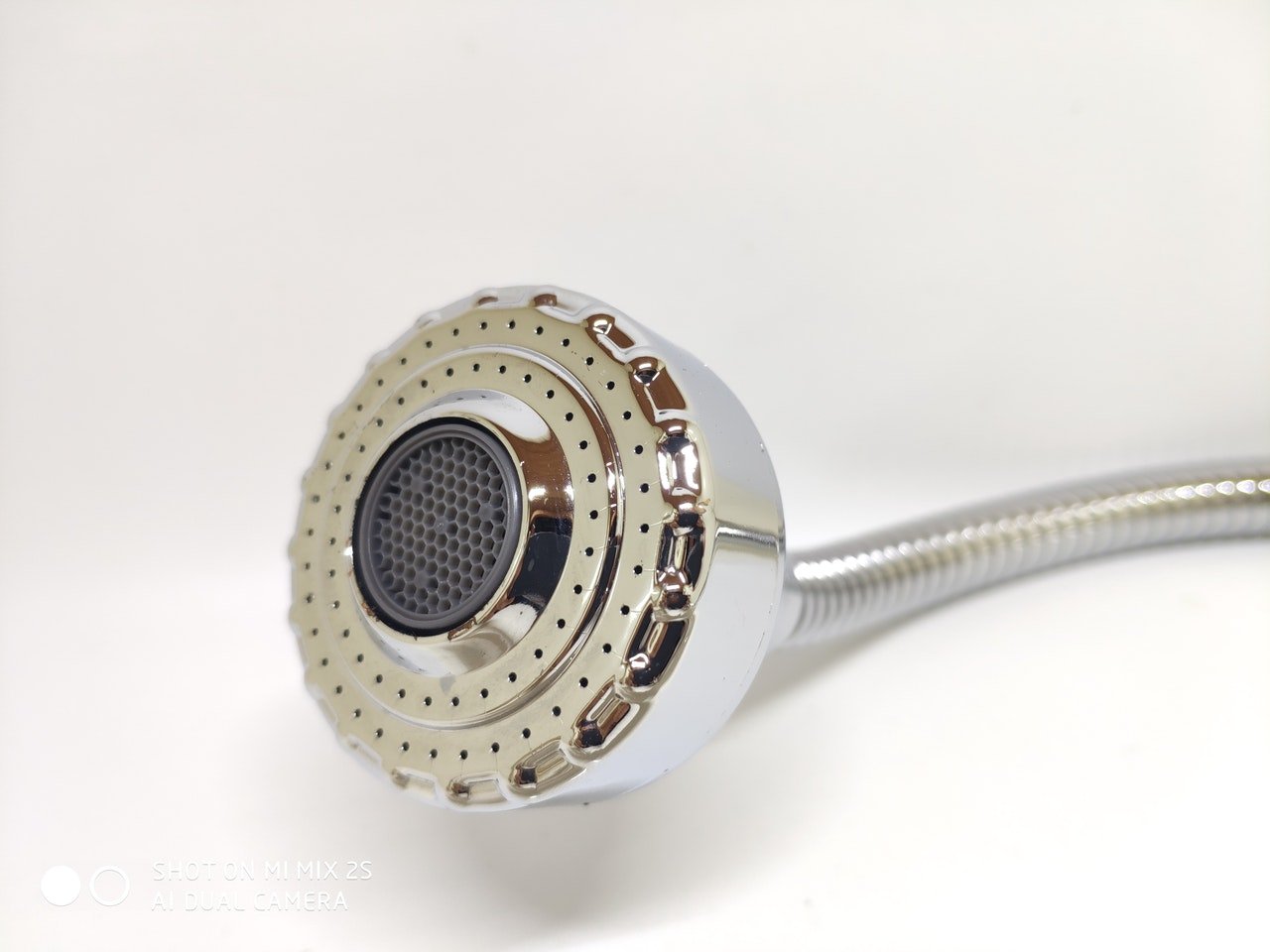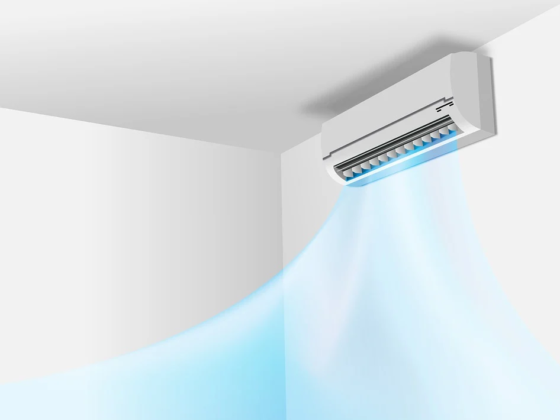We will discuss the step by step guide to install the low flow showerhead.
Installing low flow showerheads can reduce not only your water use but also your energy use to help you save money. Use low flow showerhead and decrease water consumption up to 40% or more and save money on the water & energy bills.
By restricting the flow and forcing water through very small openings, low-flow showerheads actually make it feel like more water is coming out when actually only about half as much water is being used.
Conventional showerheads use about four to five gallons of water per minute.

Read Also:
- What You Need to Be Aware of Before Replacing Your Bathtub With a Shower
- Bathroom Remodeling – Three Critical Things You Need to Consider
- 8 Simple Modern Bathroom Ideas That Can Make Your Life Easier
- What Everybody Ought to Know about Digital Shower Controls?
- Consider Installing a Glass Block Shower
- 10 Cleaning Tips for a Sparkling Shower
- How to Install a Shower Tray?
Low Flow Types Use Two To Two & A Half Gallons/Min
Low flow types use more like two to two and a half gallons per minute.
Many are even equipped with a push-button shut-off valve which allows you to interrupt the flow of water while soaping up that would save you even more and when you use less water for showers that means your water heater has to heat less water that saves you energy and money.
Here’s what you need to install your own low-flow showerhead.
Steps to Install Your Low Flow Shower Head
- Channel locks, pliers or a similar tool, some Teflon plumbers tape and a toothbrush or something similar to clean the supply pipe.
Also, something to protect your hardware when tightening the showerhead in a place like masking tape, medical tape, or even adhesive bandages.
- Once the safety glasses on, it’s important to eliminate any chance of slipping in the shower and tub. So, make sure the shower tub is dry and wear some non-slip shoes.
- Now, with the water off use wrench to remove the old showerhead. Wrap the showerhead with masking tape to get a better grip with the wrench.
- Remove the showerhead, clean off the end of the water pipe with a towel or rag. You may need to use a toothbrush a wire brush to scrub off mineral deposits, old Teflon tap, or rust from the threads.
- Wrap the Teflon tape clockwise around the threads of the supply pipe. It helps to prevent leaks between the showerhead and water pipe.
- Use masking tape to help protect the finish of the new showerhead. Now, use the wrench, gently tighten the showerhead until it is snug. Over-tightening may reduce the effectiveness of the Teflon tape or it could damage the threads.
- Check for leaks by turning on the shower and using cold water. If there is a leak, you need to remove the showerhead to make sure the threads are clean.
- Then, just reapply some Teflon tape and screw the shower head back on and you are done. A simple way to save water and energy!
Conclusion
You can install a low flow showerhead easily by following the above guidelines and by saving your water you can reduce your monthly bills.
It has an environmental advantage as well, as you are using less energy and water so you are reducing emissions of CO2.










